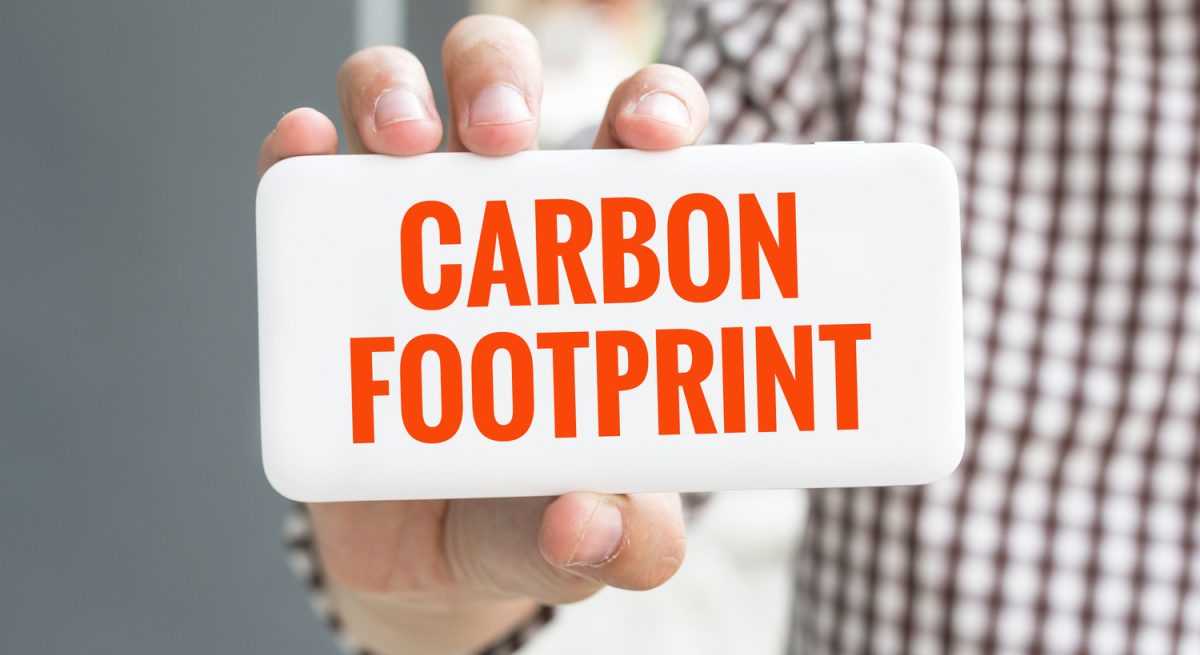Protecting the Planet and Profits
3 Min Read By Dr Torill Bigg
Since the day man first cooked over fire, food production has been associated with the burning of carbon-based materials, and so the release of carbon dioxide gas. It is increasingly understood today that each carbon dioxide molecule released holds onto heat energy in the atmosphere. Awareness of this link between carbon emissions and the effects of climate change, caused by global warming, has grown. With it the need to reduce carbon emissions from business activity has grown too.
Restaurant management is no exception. Drivers for implementing carbon reduction efforts come from customers, our supply chain, the government and investors. It is also likely that regulation requiring carbon measurement and reduction will be increased for all business types, in particular since the intergovernmental panel for climate change (IPCC), issued their 6threport in August and following the Conference of Parties meeting this November (COP26). Both acknowledge that climate change is undeniably real and is caused by human activity.
Restaurants use two of the main contributors to carbon emissions of all industries – food and energy. Naturally both are integral to any restaurant operation, so what changes can be made to reduce your restaurant business’s carbon footprint? And what changes can you make while preserving your profit, and even save money in the process?
Restaurants use two of the main contributors to carbon emissions of all industries – food and energy.
Let’s take food first. Food production contributes around a third of all carbon emissions. The type of food has a much greater impact on carbon emissions than the distance it has travelled. This is because so much of the food’s carbon footprint comes from the amount of land use needed to make it. It is important then to focus food related reduction efforts less on food miles and more on increasing plant-based food options and decreasing meat-based options. Beef in particular has a very high carbon footprint relative to other meats, emitting 60 kg of carbon for every kg of beef.
When considering the transport element, the method of transport is more significant than distance travelled and avoiding food that has been air-freighted will have the most significant travel-based impact. Other approaches to reducing your carbon footprint can be achieved from initiatives such as increasing recycling, reuse of packaging as well as reducing waste that goes to landfill for example by offering compostable or even edible packaging and reducing food waste. This will reduce both the cost of raw materials as well as saving on commercial waste collection.
Energy production is the most carbon polluting of all industries. In our restaurant businesses we use energy for heating, lighting, cooking, and chilling. Owing to the ever-increasing decarbonisation of the electricity supply, electricity is a lower carbon energy source than gas. This is true for both cooking and space heating. Insulation of restaurants will help reduce energy demand for heating, while it is also possible to insulate ovens where significant heat loss can be detected, so long as any safety features are not compromised in doing so.
Consider, too, how long your ovens take to heat up and minimize the amount of time your ovens are at temperature, but still empty before use. Energy use from lighting can be reduced by relacing lights with LED lighting systems which have significantly smaller carbon footprints. Also look out for energy efficient appliances for freezing and chilling, minimise the amount of time freezer doors are open, and keep cooling coils free from dust and dirt as this can make the refrigeration elements work harder to the tune of 30 percent more energy – and so 30 percent more carbon.
This example alone is one example of how businesses can make changes that both reduce their carbon footprint and save the business money. Carbon reduction activities that achieve this are important, because the bottom line is of fundamental importance to any business – but especially to a business where profit margins are slim. Not only will any action that reduces use of energy, water consumption or material use or that reduces waste save you money and so protect your profit – it will also reduce carbon emissions, enhance your business’s reputation, preserve your market share and customer base as well as protect the planet.


